A testament to an idea and the women who put it into practice
In 2022, a group of women from The Child Center of NY’s perinatal intensive outpatient program joined our groundbreaking pilot initiative, Cash+Community Works: a first-of-its-kind program that combines direct financial support with peer mentorship and community-based goal planning. The premise was simple but radical: trust communities to know what they need and equip them with the resources to pursue it.
Three years later, that same group of women turned their vision into reality as founding shareholders of Diki Sunshine Childcare Center, a new community-rooted business designed by and for local families, which opened its doors in Long Island City, Queens, on April 18.
In a vibrant celebration filled with music, laughter, and heartfelt words, a group of determined women—known as Perinatal C for their beginnings in the program where they met—cut the ceremonial ribbon on a new child care center that promises to bring lasting impact to their community.
Families, friends, and local leaders gathered in front of the bright, welcoming building, decorated with balloons and child-friendly artwork. Among the nearly 100 people who came to celebrate were State Senator Zellnor Myrie; Diki Founder and Executive Director Tsering Diki; and, most important, members of the community. Children enjoyed investigating the fun and enticing spaces filled with enriching toys and activities, and families came together to share food, stories, and hope.
The road to this point wasn’t easy or certain, but the participants’ will and determination were steadfast and gave them the strength to reach their goal.
“Three years ago, we were a group of mothers composed of new immigrants, many of whom lived in poverty,” explains Anna, a group participant. “Through Cash+Community Works, each member of the group received a $5,000 impact project grant. It was a rare amount of start-up capital.”
The moms realized that if they pooled their money, they could achieve more together than separately.
It wasn’t their first joint C+C venture. They all cared deeply about their children’s education, so they had previously pooled their monthly incentives to purchase full sets of children’s books to share. With the $5,000 impact grants, they realized they could partner on a much larger project: They could earn 12 C+C grants, which they could combine to open a high-quality, affordable child care center. After intense research, they decided to apply to become shareholders in a child care franchise—Diki Daycare—in their neighborhood. They collaborated on the applications and established a business plan. Their proposal was among those that were selected, and they received the grants.
“This angel investment gave us moms the opportunity to invest in a new million-dollar campus of a day care chain,” Anna says. “Now we are shareholders. We aspire to provide the best service to the community and be the best child care facility!”
They are well on their way to achieving that goal. Diki Sunshine Daycare promises not only to be a place where children are safe and cared for, but also where they can thrive. Using the Diki Daycare model, the center offers age-specific classrooms to support each stage of a child’s growth through play-based learning. Every room is designed to nurture children’s natural curiosity, build essential skills, and foster a lifelong love of learning. The center welcomes children of all backgrounds and abilities, regardless of their ability to pay, recognizing that all children deserve a bright start.
Families in the community couldn’t be happier to have this top-notch option for their children right in their own neighborhood. Already, 38 families have preregistered their children for enrollment when the center officially opens, likely in the next few weeks as the staff undergoes required background checks. The center already passed government inspections last month, and as they wait for the final green light, the team is providing enrolled families with early access opportunities to help families familiarize themselves with the center, as well as adaptive playdates, one-on-one educational philosophy sessions, and a facility safety standards tour.
“We are very grateful for the opportunity C+C has provided us,” Anna says. “This program really helps each mother and their family. Now, we moms will help the community the way The Child Center helped us.”
Participant Xuhui marveled at how far the group had come—and gave credit to the strength of their cohort, which she says gave her more than economic gain. “The mothers in our group are all very brave, strong, and hardworking,” Xuhui says. “They gave me a lot of courage and motivation. We trust each other, and we are grateful to start the day care together!”
Another participant, Mandy, reflected on both their C+C project and their beginnings in the perinatal program. “We are growing up together with The Child Center,” Mandy told us. “Our group mothers are not only working hard for their children, but also want to improve themselves. During the uncomfortable pregnancy period, the day care plan gave me a goal and something to do, which helped me get rid of my panic disorder as we worked together to develop our business smoothly! Life is getting better and better, and richer and richer. I am grateful for everything!”
Lily, also a member of the group, ended with this poignant thought: “We are unstoppable mothers with dreams! Brought together through Cash+Community Works, we rewrite life’s possibilities through shared wisdom. Where united hearts meet unbreakable resolve, we:
Join hands and stand united…
Blossom towards the sun…
March forward guided by light
Together, we rise stronger!”
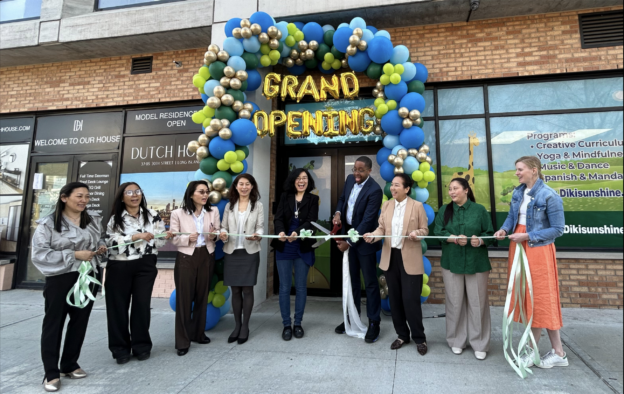
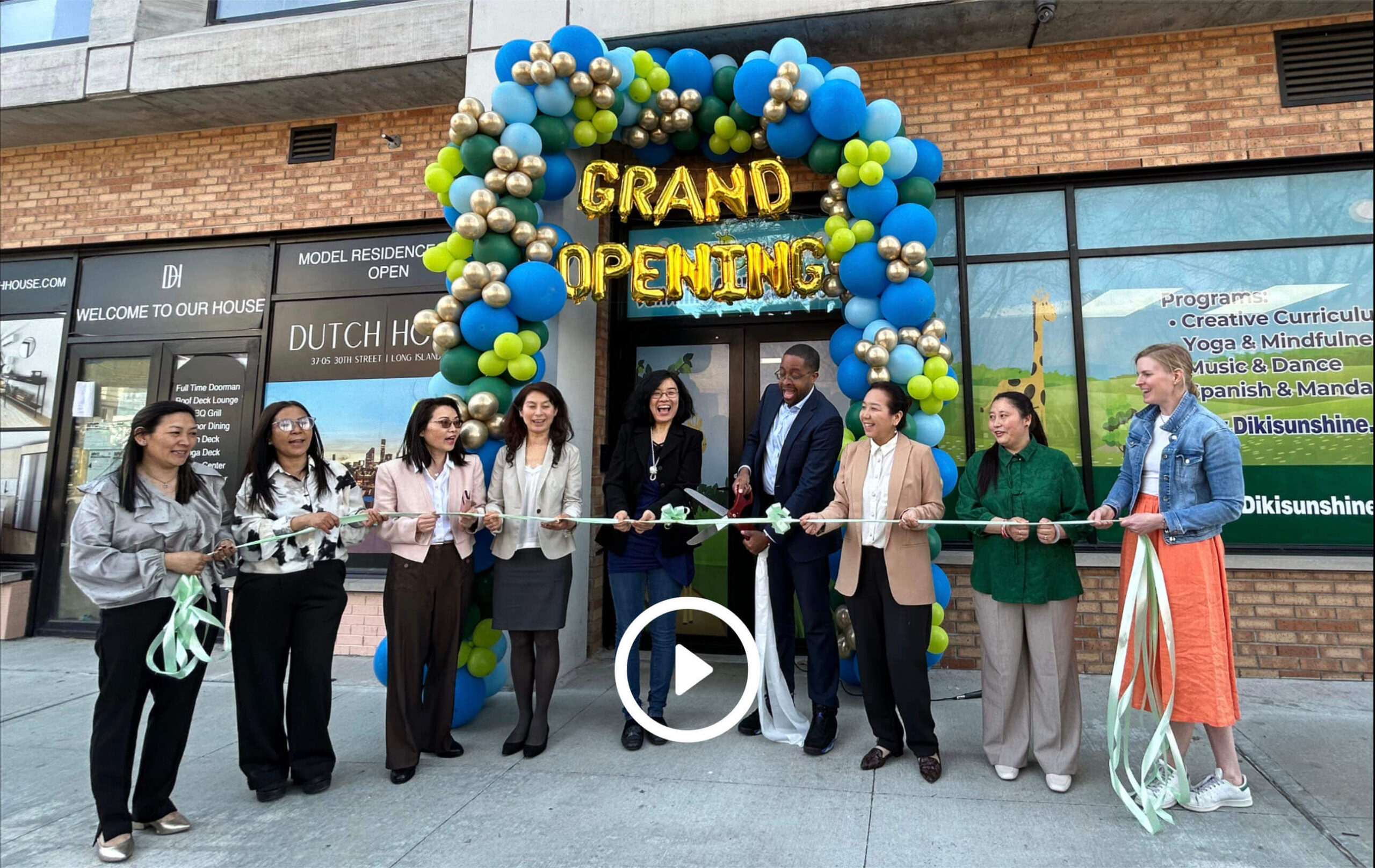
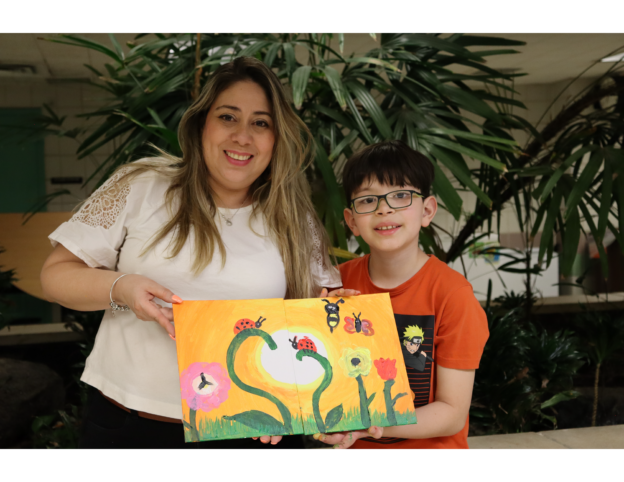

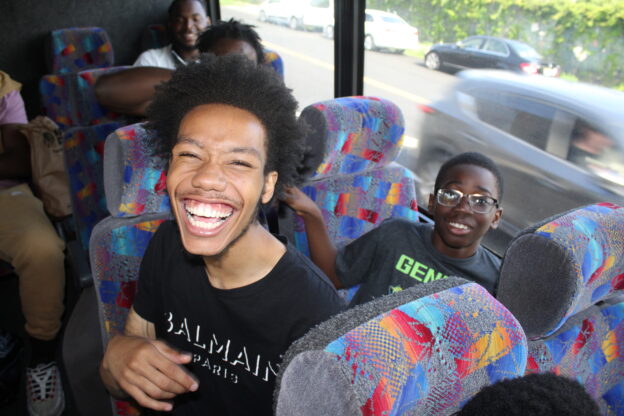
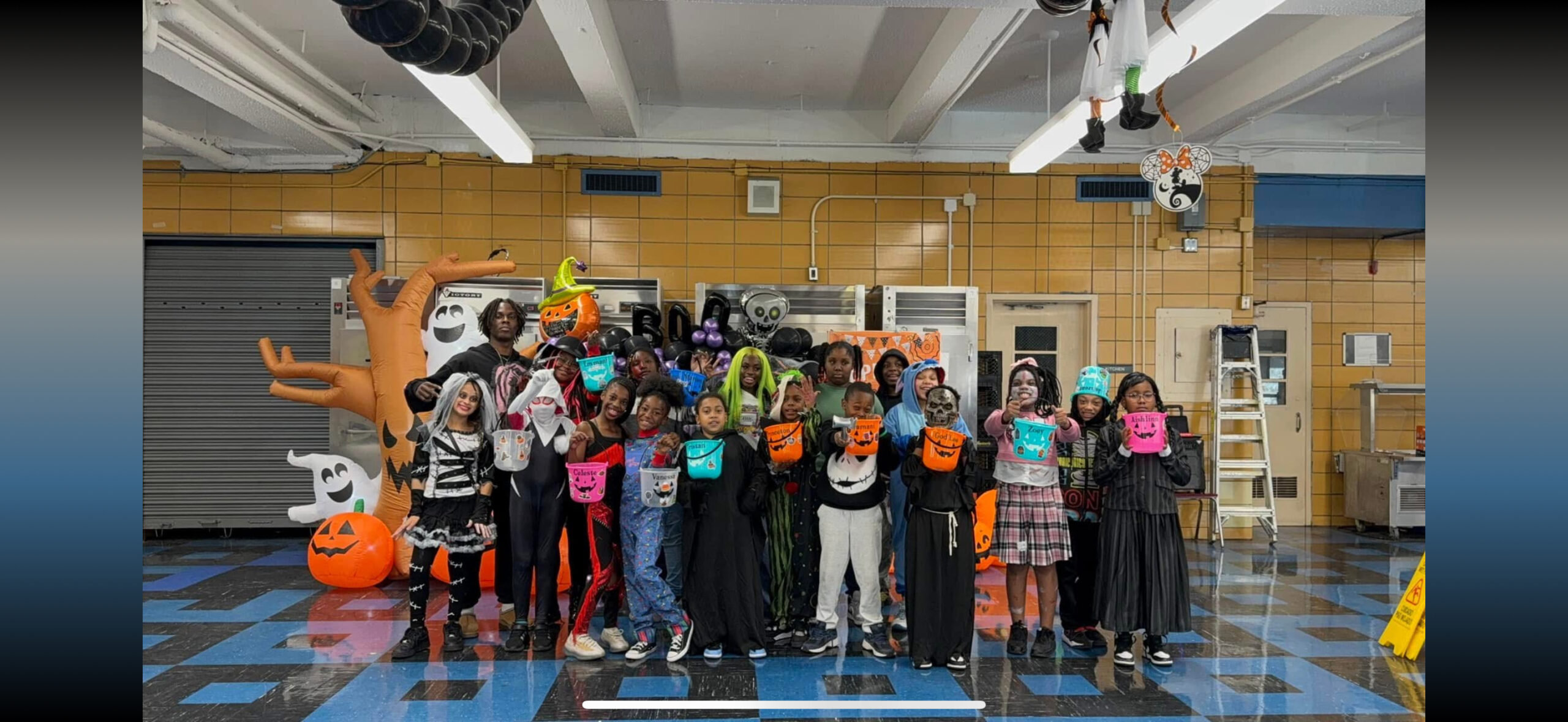
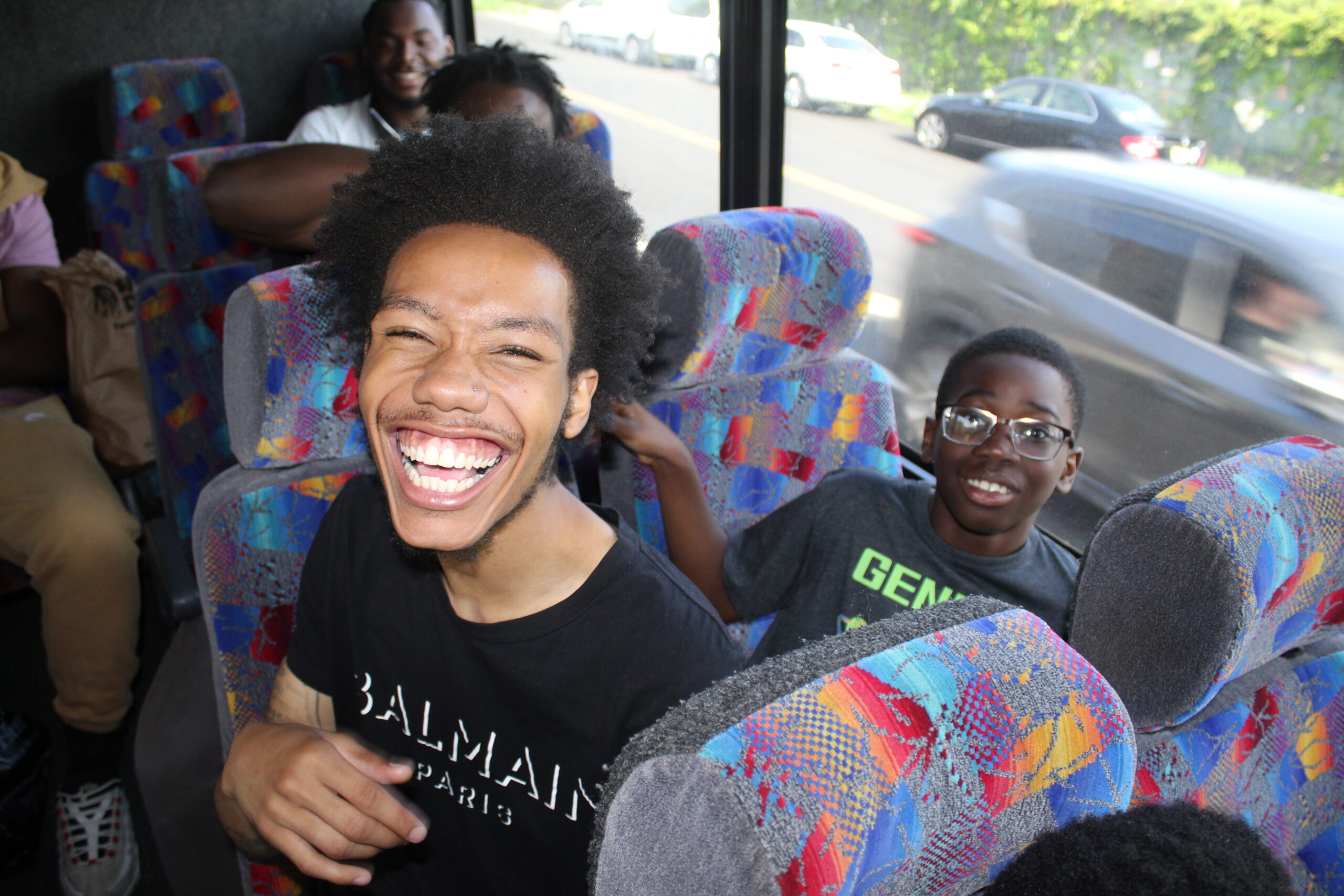
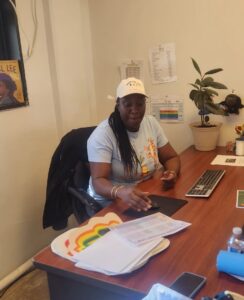 Prior to my employment with TCCNY, I was a client of the organization. My daughter participated in the afterschool and summer camp programs, and my sons were in the evening programs for the middle and high school kids. As for myself, I participated in the adult programs, including running the Saturday bingo activity and helping out at center events in whatever capacity I was needed. Though I am now an employee and my daughter is now in middle school, we are all still participants in the center.
Prior to my employment with TCCNY, I was a client of the organization. My daughter participated in the afterschool and summer camp programs, and my sons were in the evening programs for the middle and high school kids. As for myself, I participated in the adult programs, including running the Saturday bingo activity and helping out at center events in whatever capacity I was needed. Though I am now an employee and my daughter is now in middle school, we are all still participants in the center.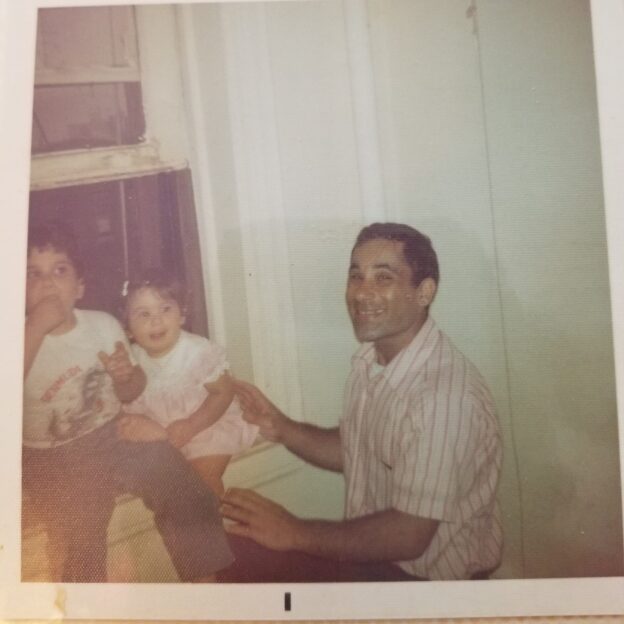
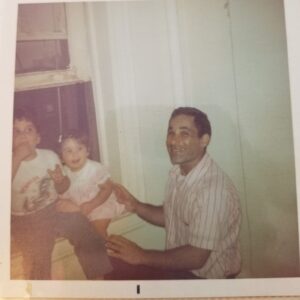
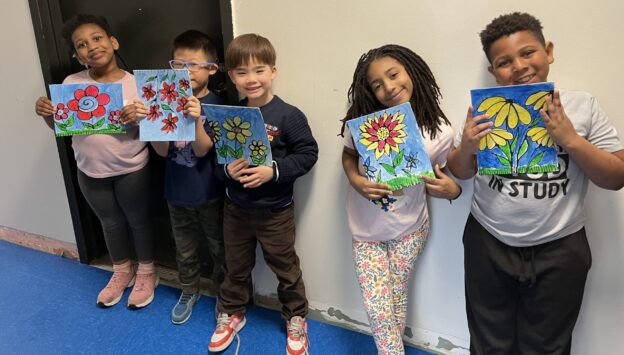
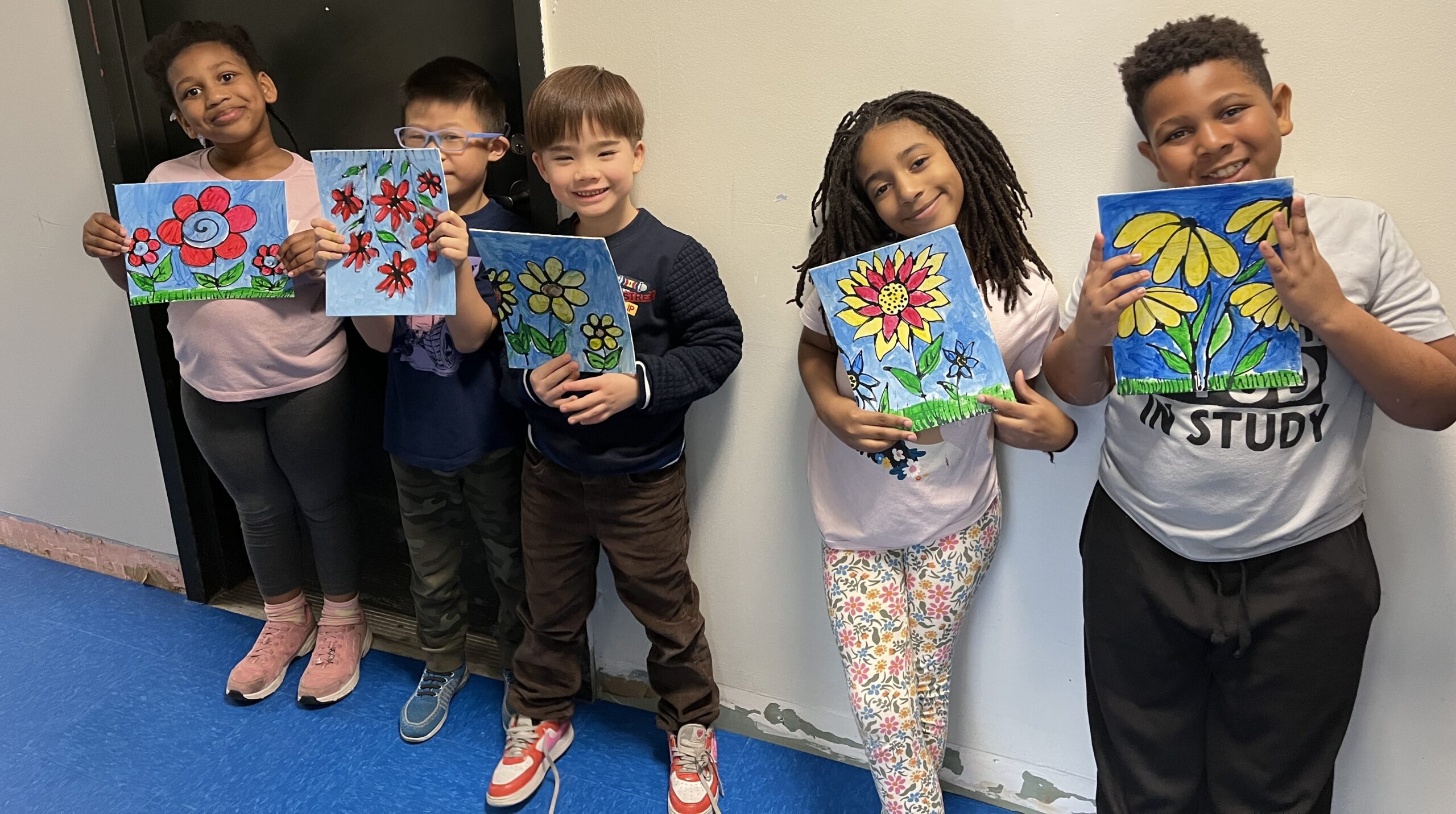
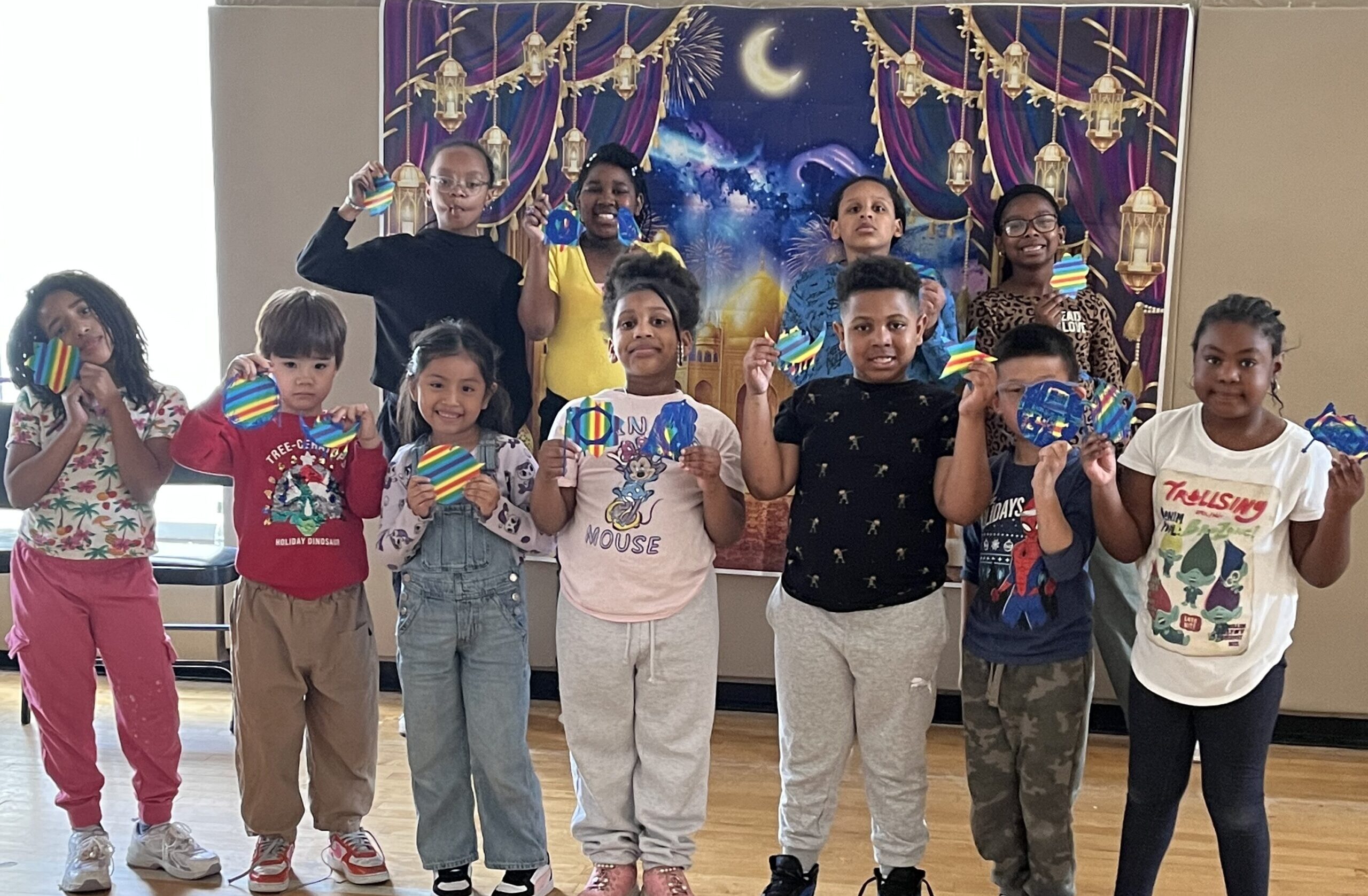
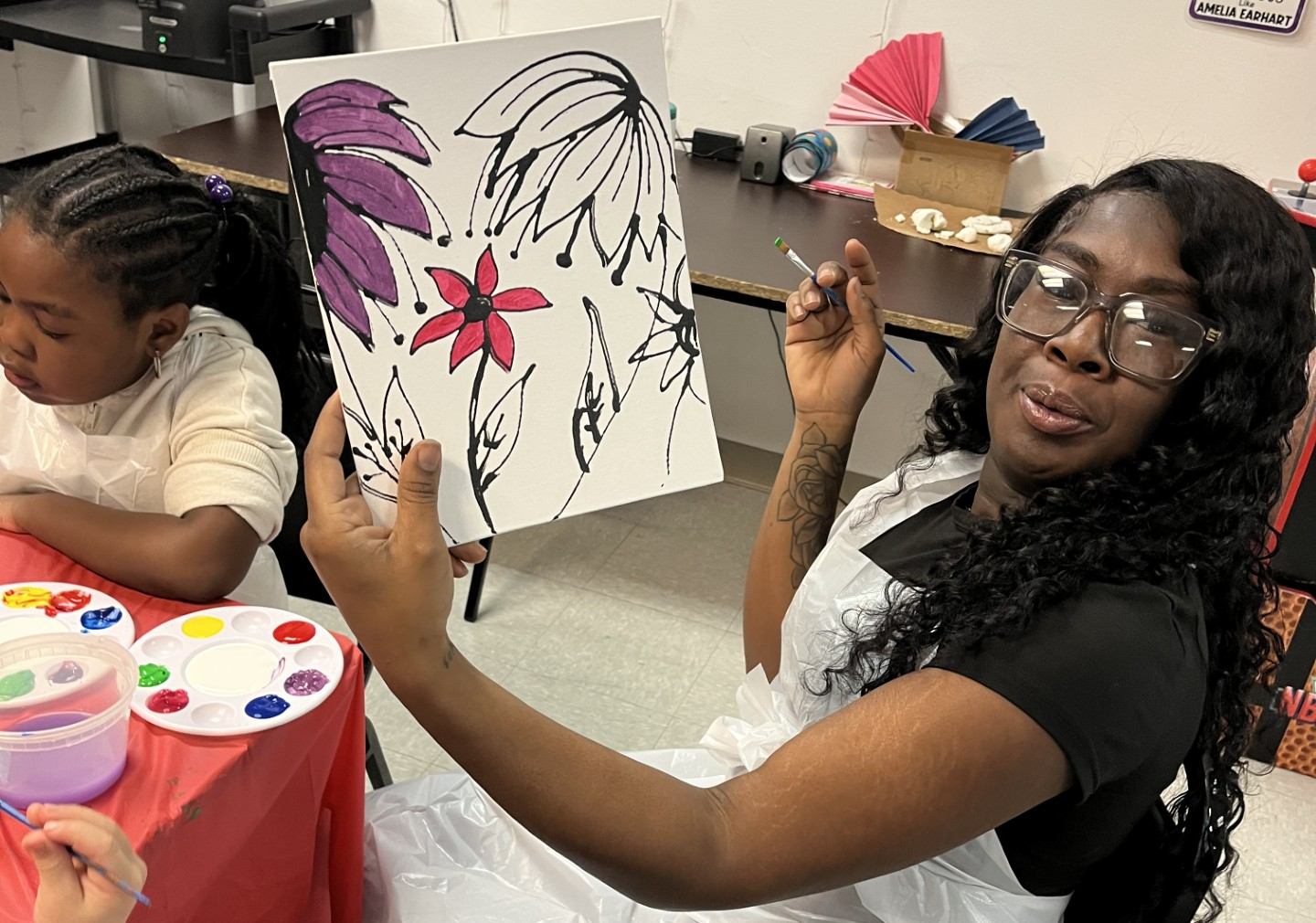
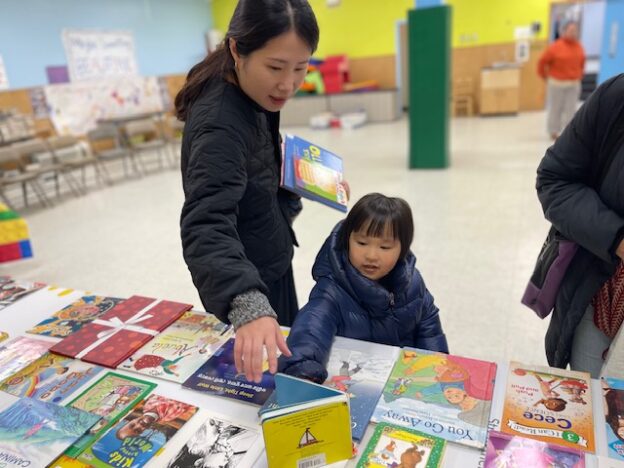
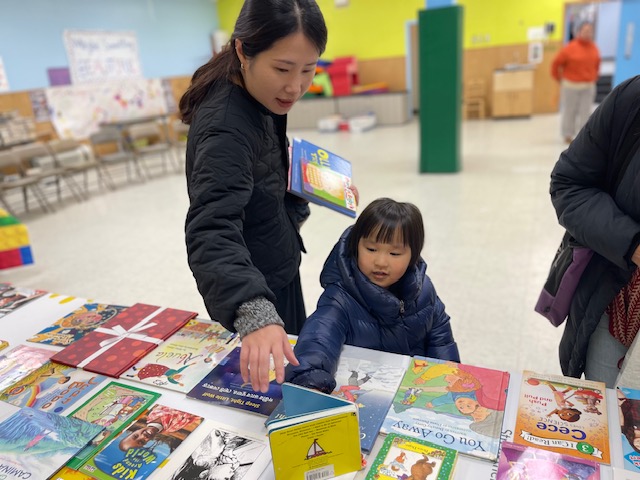
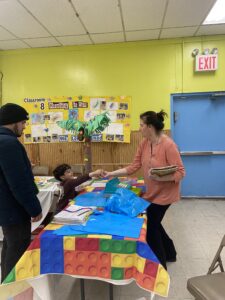
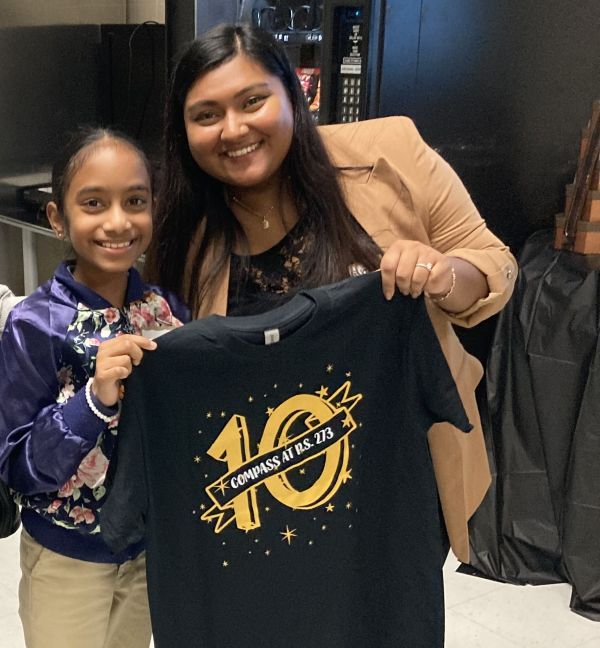
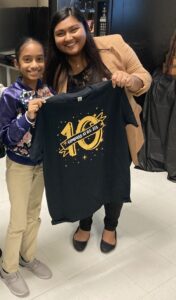
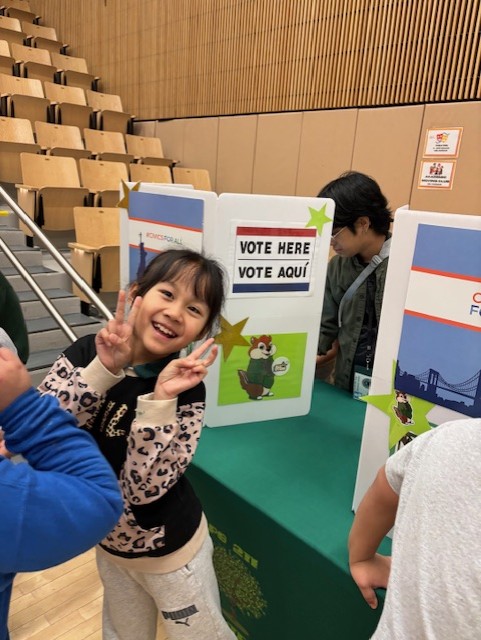
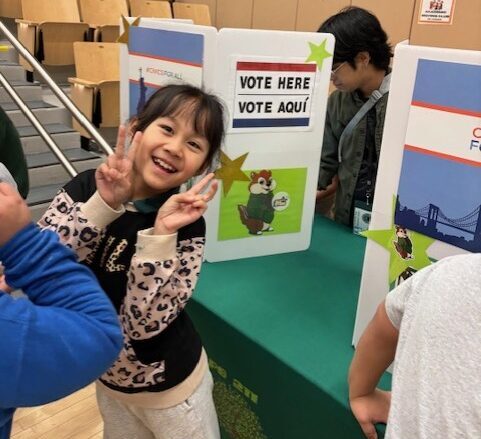
 Here are Antony and Ava, also third graders, casting their votes and learning about the workings and importance of democracy.
Here are Antony and Ava, also third graders, casting their votes and learning about the workings and importance of democracy.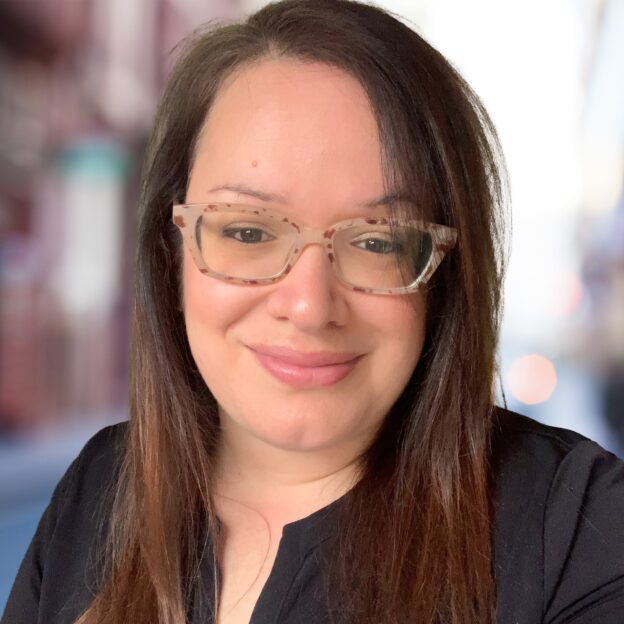
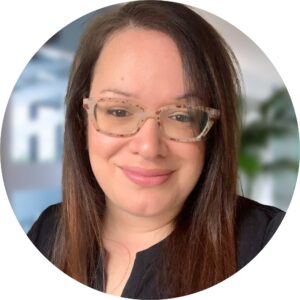 As the Director of Clinical Best Practice at The Child Center, Diane Valente, LCSW-R, supports our clinicians in delivering high-quality, evidence-based
As the Director of Clinical Best Practice at The Child Center, Diane Valente, LCSW-R, supports our clinicians in delivering high-quality, evidence-based 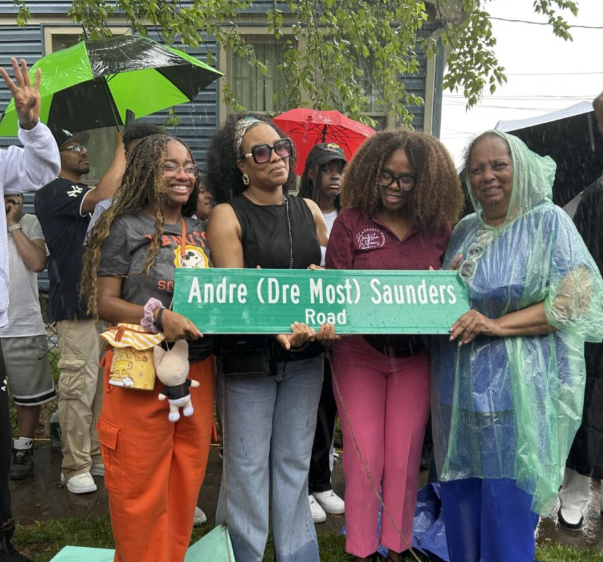
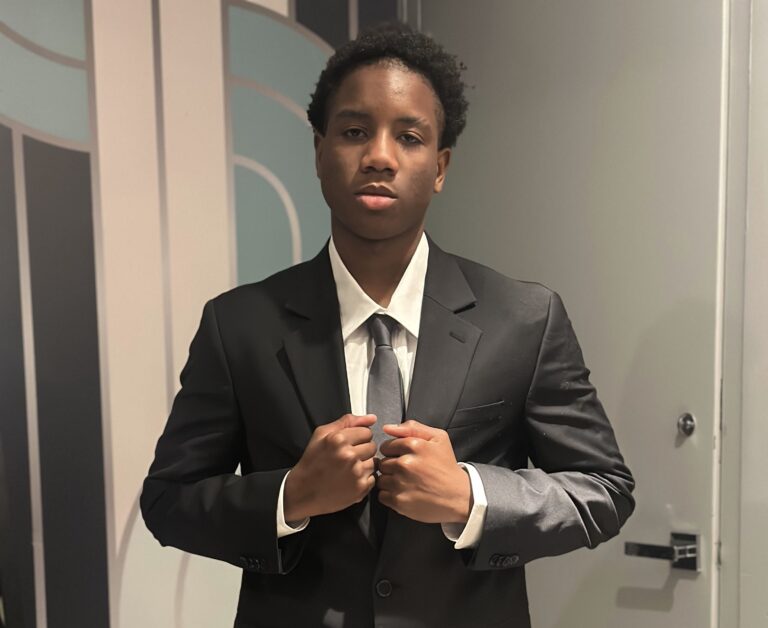

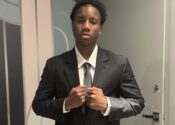


You must be logged in to post a comment.